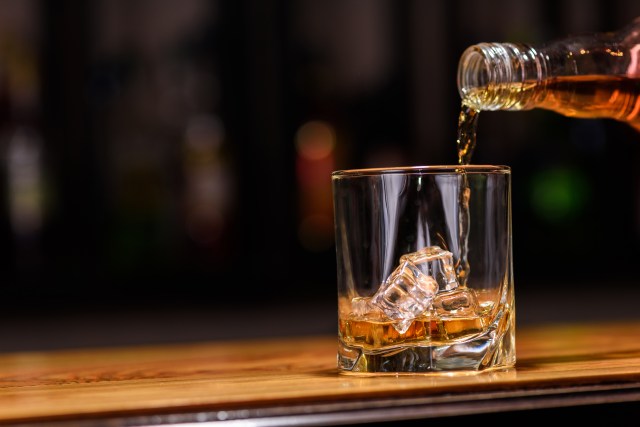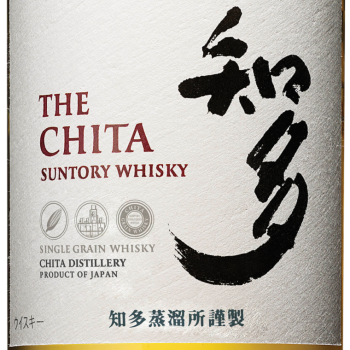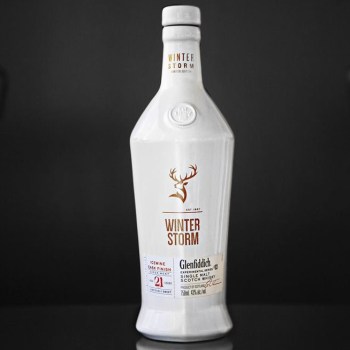The first rigorous, academic paper: ‘Whisky Terroir Project, The impact of terroir on the Flavour of Single Malt Whisky New Make Spirit’, was officially published in the peer-review journal foods last month, confirming terroir does in fact exist in whisky.
The existence of terroir has been commonly associated in wine for centuries and has had academic journals published dating back more than 15 years. However, according to Australian Master Distiller at Archie Rose Distilling Co. Dave Withers, many have also believed it exists in whisky for years but has never been proved, until now.
The game-changing research using the latest Gas Chromatography Mass Spectrum Olfactometry (GC/MS-O), demonstrates analytically and sensorially that terroir does influence the flavours in both barley and the spirit distilled from that barley.
The joint Irish-Scottish paper explores the terroir impact via a neutrally produced whisky, laboratory malted and distilled at Ireland’s Waterford Distillery for uniformity, ensuring all variables in production were removed. The next stage of the project – which will be published in 2022 – further explores the same role of terroir in whisky, this time using sensory analysis based on Waterford’s commercial spirit.
Though this has been highly suspected in the whisky world, the research concludes beyond denial the influence of terroir on single malt whisky new make spirit. The authors of the first paper include Dr Maria Kyraleou, Dr Dustin Herb, Grace O’Reilly, Neil Conway, Tom Bryan and Prof Kieran N. Kilcawley.
Lead researcher, post-doctoral at Oregon State University Dr Herb said: “This interdisciplinary study investigated the basis of terroir by examining the genetic, physiological, and metabolic mechanisms of barley contributing to whisky flavour.
“Using standardised malting, fermenting and distillation protocols, we observed distinct flavours associated with the test environments and observed year-to-year variations too, indicating that terroir is a significant contributor to whisky flavour.”
Withers believes the study legitimises what the Australian industry has known for some time. He told Bars and Clubs it is definitely a big positive for the industry having the research to confirm this.
He said while the study was conducted in Europe, the conclusion is still evident in Australian whiskies: “Australia does have a unique flavour when it comes to whisky and once more, we can celebrate the history of distilling in Australia, and we should lean into that.
“So we should really be celebrating the fact that we have a difference to Scotland and the US and go with a flavour profile that is homegrown. When we started out more than six years ago, we started looking at the importance of grain and how it can influence the flavour of whisky.
“We looked at different roasted malts, and we looked at specific varieties, and specific locations and growing methods and how they can impact flavour. And we found a pretty big difference. I could line up three new malts we’ve made with the same pale malt from different corners of the world and do every other part of the process exactly the same but it will taste completely different.”
The process
The new make spirits used in the study were produced at laboratory scale under controlled conditions from two different barley varieties (Olympus and Laureate) grown at two distinct environments (Athy, Co Kildare and Bunclody, Co Wexford) in Ireland over two consecutive seasons in 2017 and 2018.
Of over 2000 flavour compounds found, the majority insignificantly registering, the main 42 compounds observed in highest concentration were the focus of the study, of these, half were ‘fixed’ and half directly influenced by terroir.
The study found sensory attributes were influenced by the barley variety, environment, and the interactions from both seasons, with environment and the interaction of variety x environment having a greater impact than variety alone.
It was further analysed that chemometric analysis of the olfactometry and sensory data proved the environment and season had a greater impact on the aromatic sensory perception of the new make spirits than variety alone.
Whisky industry legend and distiller Mark Reynier said: “Barley makes malt whisky the most flavour-rich spirit in the world, and at Waterford we’re on a mission to create the most profound one of all. To do so we have rejected homogeneity and extol individuality going to extraordinary lengths both to identify, protect and showcase barley’s extraordinary natural flavours and that means exploring the terroirs of Southern Ireland, farm by farm.
“Some in the industry, for obscure reasons and despite mounting evidence, deny the existence of terroir in barley, or the spirit distilled from it. Yet this study proves once and for all what we knew all along: not only is terroir influencing flavour compounds in barley but its effect clearly comes through the whisky making process too. If you let it, terroir can and does influence the flavour of single malt whisky.
“Perhaps terroir even shaped the origins of whisky, the historical development from small scale farm to global commodity-led supply? Our own research is a platform to propagate, for the first time in 50 years, new varieties based on flavour rather than just yield, ideally matching flavours to soils and micro climates.”
Withers was impressed with the study results and said while terroir is commonly discussed between wine lovers, many still believe it doesn’t matter where the raw ingredient comes from when it goes through the distilling process.
He said: “For me, I’ve always thought that’s something that needed to be amended because the raw ingredients and the variability of the raw ingredients can have a massive impact in your process, particularly if you go ahead and let it have an impact on your process. So the findings to me are not surprising. Certainly, the trials we’ve run here [at Archie Rose Distilling Co.] ourselves would tend to back up what was come out of the study.”
So what would you expect Australian whisky terroir to be?
Withers said it’s all to do with the unique climate in Australia.
He told Bars and Clubs: “It’s very variable but I suppose, in Australia it is much hotter and that impacts the grain. I’m often kind of caught up saying this but if you actually go out to harvest in Australia, particularly in regions like in the East Coast and in rural New South Wales.
“For example, when you stand in a field during harvest, it’s often 30 or 40 degrees, deep blue skies, blue gums by the field. It’s hard to imagine how that grain grown in that environment would be even close to the grain grown in somewhere like Europe, which would be wet and rainy in their harvest and a little bit more subdued.
“So for us, the flavours that we get usually means a slightly higher protein in some varieties. And that can lead to differences in fermentation. And so it’s all about how you work with that. I know that some grain exporters note that for a lot of our kind of pale malt, you get more of a citrus floral edge to it compared to some of the other ones.”


